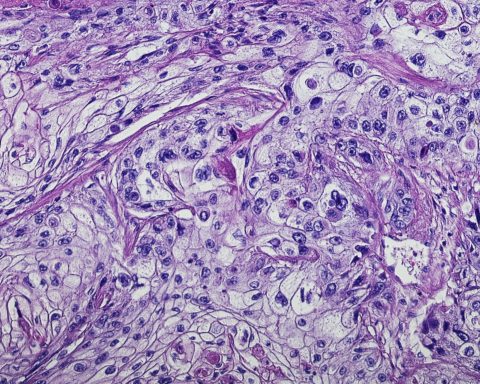Lisa Broom is a GP in Birmingham.
Frances Dutton is a GP in Birmingham.
Chris Bird is a Paediatric Emergency Department Consultant in Birmingham.
‘Generalism should not just be the domain of GPs, rather an approach taken by secondary care colleagues.’ 1,2
With this in mind, Lisa Broom (LB) and Frances Dutton (FD) enrolled in a fellowship that allowed both GPs to have one foot in Birmingham Children’s Hospital’s busy emergency department (ED) and the other in primary care in the city, with additional time to design and implement research and quality improvement projects.
*****
LB: I was appointed almost immediately as clinical lead for paediatrics at my practice. I began managing the list of clinically vulnerable paediatric patients during the COVID-19 pandemic and led the social media strategy for children and young people (CYP), which included setting up a practice Instagram account to deliver health education to CYP.
I reviewed our management of febrile illness in children, both before and during the COVID-19 pandemic, which helped provide targeted education to the primary care team while providing insight to the hospital’s ED team on the pressures faced by primary care during the first waves of the pandemic. This led to consulting on the hospital’s new paediatric advice service to GPs, and provided invaluable insight into the communication challenges between primary and secondary care.
“The experience has given me a clearer vision of how to progress paediatric care locally … “
The ED has been good for my paediatric skills but it’s been a two-way street. FD and I identified knowledge gaps in sexual health and we developed a guideline for emergency contraception for the ED to address this.
Since completing the fellowship, I continue to work in both settings. The experience has given me a clearer vision of how to progress paediatric care locally, from group consultations for parents on common paediatric illnesses to working within our practice and primary care network to develop paediatric care hubs for acute and chronic care in the community.
*****
FD: The shared challenge within ED and primary care is that both are overwhelmed by attendances for self-limiting illnesses and yet don’t have the time to manage chronic illness, with the overall health of children deteriorating.3
I used the fellowship to scope out a pilot to integrate care for children in the Sparkbrook ward, one of the most deprived areas in Birmingham. As part of an NHS England pilot for integrated care systems, we opened the Sparkbrook Children’s Zone in March 2022, where ED clinicians work with local GPs and review acutely unwell children, have onsite family support workers (Early Help), and run group seminars to address chronic disease management, all delivered locally. We are also planning to offer dental health promotion, opportunistic immunisations, and mental health support for CYP.
“Having space to develop ideas has made them happen — we just need the time and courage to try.”
I initiated a catch-up operation at the practice and a new system to improve immunisation uptake by CYP who had declined immunisations at school. I also found traveller families were frequently on hard-to-reach lists and, with the health visiting team, organised outreach where we were able to immunise children who were behind schedule on the first visit, returning to give COVID-19 vaccinations to the adults.
Like LB, I continue to work part-time in the ED, where I’m linking the department in with the local sexual health service to facilitate opportunistic screening in ED. Having space to develop ideas has made them happen — we just need the time and courage to try.
*****
Chris Bird: LB and FD help sense-check ED clinical decisions and pathways to ensure safe discharges and joined up patient care. The ED now has a clearer understanding of — and respect for— the challenges faced by our primary care colleagues. Their input has given vital credibility to integrated working in a community with high levels of deprivation. They have proved that primary and secondary care can work side by side to improve care and address health inequalities, despite the continuing difficulties we face with austerity.
References
1. Gerada C. General practice in crisis: stop skinning the cat. Br J Gen Pract 2021; DOI: https://doi.org/10.3399/bjgp21X716153
2. Royal College of General Practitioners, Royal College of Paediatrics and Child Health. Learning together to improve child health. 2016. https://www.rcpch.ac.uk/sites/default/files/2018-11/learning_together_to_improve_child_health_-_rcgp_and_rcpch_-_may_2016.pdf (accessed 29 Jul 2022).
3. Ward JL, Wolfe I, Viner RM. Cause-specific child and adolescent mortality in the UK and EU15+ countries. Arch Dis Child 2020; 105(11): 1055–1060.
Featured image by Yulia Matvienko on Unsplash.






